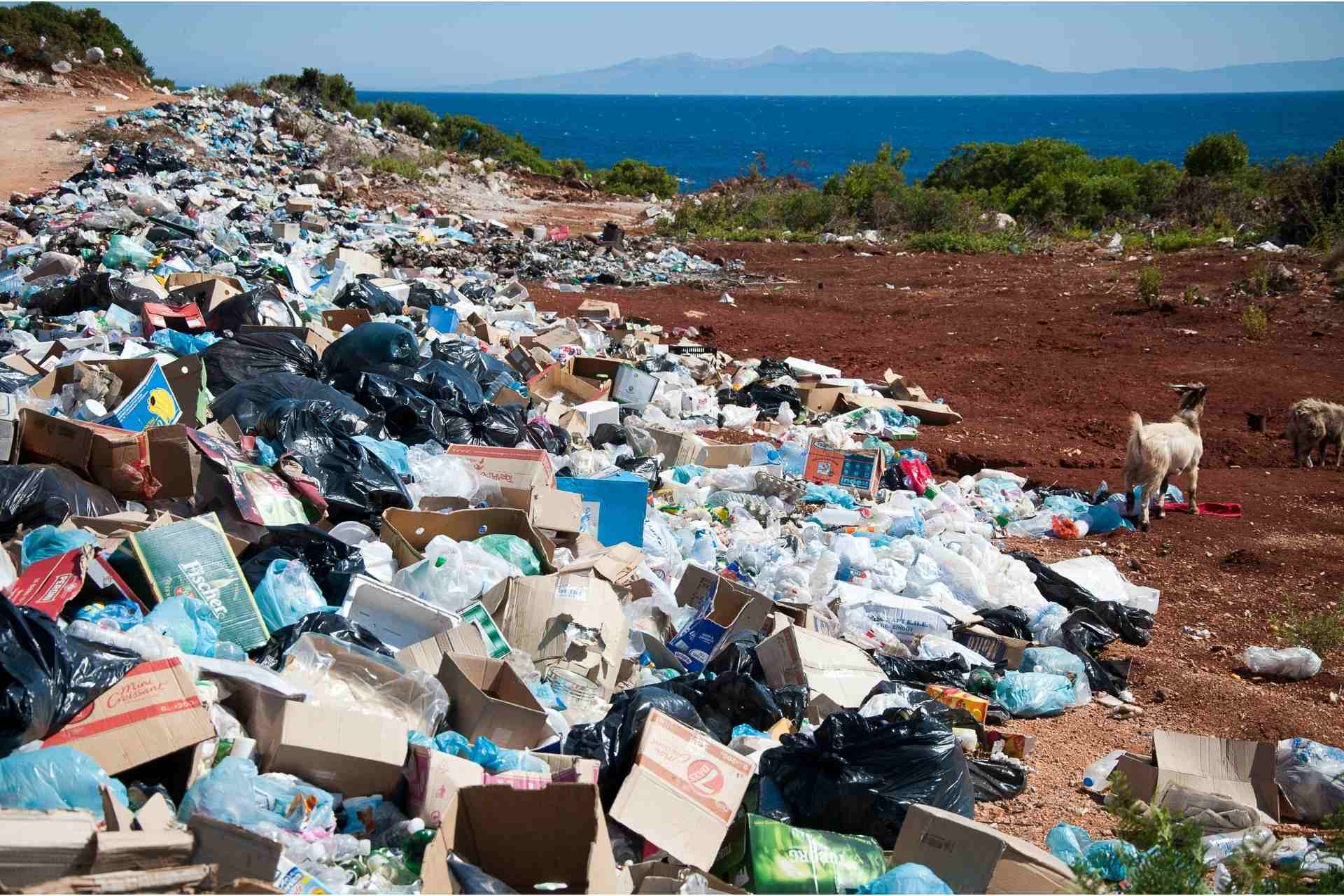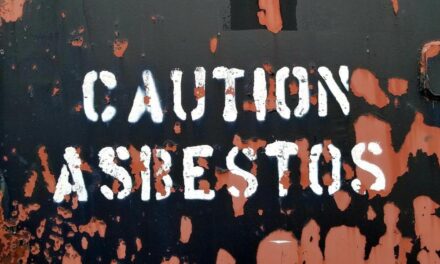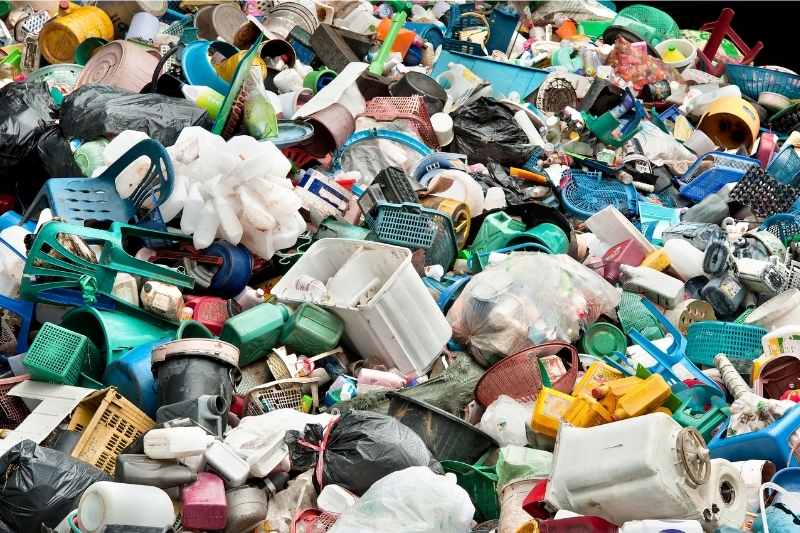In the United States, we throw a lot of things into the trash without giving much thought to where our garbage goes after it gets picked up from our curb. Let’s take a deeper look at the waste system in the US and gain a better understanding of how it works.
Let’s start by thinking about, what is trash?
It’s important to note that we’re talking about trash that comes from homes and businesses, not industrial waste. Loosely, trash is everything that ends up in a landfill, but what types of things actually get thrown away?
Product packaging is the largest category, making up 30% of all of the garbage in the US. The EPA estimates product packaging to be in use for less than a year by the consumer — it is rarely valuable to the consumer once the product has been opened. The second-largest category is durable goods, things like furniture and appliances, which are in use for three years or more, followed by non-durable goods like newspapers and clothing, expected to be in use for less than three years. Food waste comes in next at 14.9% of all items landfilled, and yard waste is 13.3%; with the “Other” category making up the final 1.5%, consisting of rubber, leather and textiles; metals; wood; glass; and other materials.
These categories make up the total material solid waste (MSW) sent to landfill in the United States, for a total of 267.8 million tons yearly, and 52.1% of all of the items discarded in American households (as opposed to recycling, composting, or combustion). However, a bulk of the items sent to landfills can be either repurposed and recycled (durable and non-durable goods) or composted (food). This results in a linear consumption of goods, rather than a cyclical one.
Now that we understand what goes into landfills, let’s take a look at how trash gets there in the first place.
In the United States, waste collection is a government service, although outsourcing waste management to private companies as a cost-saving measure is becoming increasingly common as local governments face budget challenges. Although most households pay for trash collection at their curb, those in rural communities or those that don’t pay for trash collection can take their trash to a transfer station themselves.
Whether it is hauled there by an individual or in a garbage truck, transfer stations are temporary facilities for the processing of waste, which is then compacted and taken to a materials recovery facility.
There are two types of materials recovery facilities. A clean facility sorts recyclable materials already separated from garbage in the household into a mixed paper stream and a mixed container stream for glass, aluminum, and plastic. Dirty facilities first use technologies such as magnets and shredders to sort out recyclable materials from the incoming waste, and can recover between 5 and 45% of incoming materials, although it is important to note that materials that are recovered through this process are at an increased risk of contamination.
Once the waste has been sorted, the non-recyclable materials will go to one of three places: an incinerator, an anaerobic digestion facility, or a landfill.
Incinerators process 12.8% of all of the MSW in the United States. These plants have combustion chambers that are an astounding 1800 degrees Fahrenheit, which will turn organic materials into ash and reduce the volume of the original waste by 95%. Though this seems like an easy way to reduce the amount of trash that gets sent to landfill, incinerators have fallen out of favor due to higher operating costs and the rescinding of tax credits for the process that previously existed. There are also questions about the safety of the emissions from incinerators, and the level of effort to safely dispose of the fly ash that is produced from burning the trash.
Anaerobic digestion facilities use microorganisms to break down biodegradable materials and turn them into biogas, which reduces the emissions of landfill gas into the air and can also be used as a source of renewable energy. In the United States, anaerobic digestion is mostly used on farms to reduce the nitrogen run-off from manure; however because of its ability to turn waste into a resource, the process has received increasing attention in recent years.
Let’s look at the waste disposal method that people are most familiar with: landfills.
Landfills layer waste in a large hole, which can be up to 500 feet deep. The various layers enable waste to safely decompose and minimize its effect on the environment.
The first layer is at the bottom, made from compacted clay with high-density plastic on top. This layer keeps liquid from leaking out of the landfill into the ground around it. Next comes the drainage system, which collects liquids called leachate from decomposing waste, and sends them to a water processing facility. Next, we have the gas collection system. Decomposing waste produces methane, which is a large contributor to global warming. The gas collection system pipes methane to treatment areas, and then on to plants that will turn it into electricity or other forms of energy.
Finally comes the trash itself, which is compacted and placed into the landfill in “cells”, with layers of dirt between to combat odors and unwanted pests. When the landfill eventually becomes full, it is capped with another plastic liner and two feet of soil. Vegetation is planted on top, and then the landfill is monitored for 30 years to make sure there isn’t any detrimental effect to the environment.
After learning about how landfills work, you might be thinking that this sounds like a smart and efficient way to deal with the waste we produce in the United States, but there is a big problem: at the rate we produce waste, we might simply run out of space in landfills to put all of our trash!
There are 2,000 active landfills in the United States, which might reach their capacity as early as 2036.
Some areas have already reached their landfill capacity and ship their garbage over state lines to other landfills.
Furthermore, despite the drainage and gas collection systems that are designed to minimize a landfill’s impact on the environment, greenhouse gas emissions from landfills are a significant contributor to climate change. In fact, landfills are the third-largest producer of methane emissions in the United States.
So what can be done to solve this problem? We can fall back on the old phrase we learned in elementary school: reduce, reuse, and recycle.
On a personal level, we can reduce the amount of garbage that goes into landfills by avoiding single-use products and purchasing items made of sustainable materials. We can also be more diligent about our recycling practices. As mentioned earlier, some say that a majority of the items that end up in landfills are recyclable.
However, on a societal level, major changes are needed. For example, investing more resources into developing our trash incineration practices as countries like Sweden have done, and incentivizing recycling (the price of plastic is so low that it simply isn’t worth it to recycle). Both solutions address this problem on a larger scale.
The waste system in the United States is vast and far-reaching, so the next time you’re taking your trash can out to the curb, take a moment to think about what happens next in its journey.










